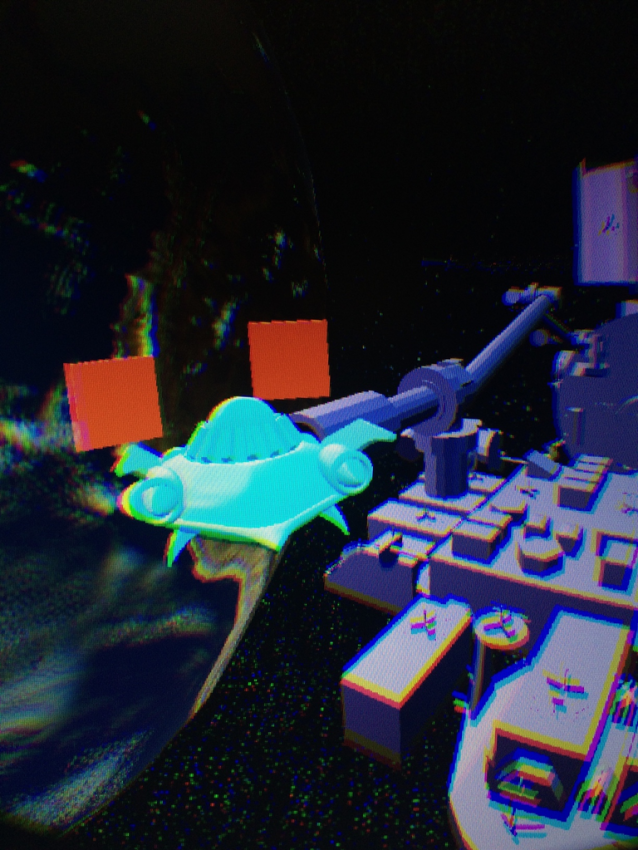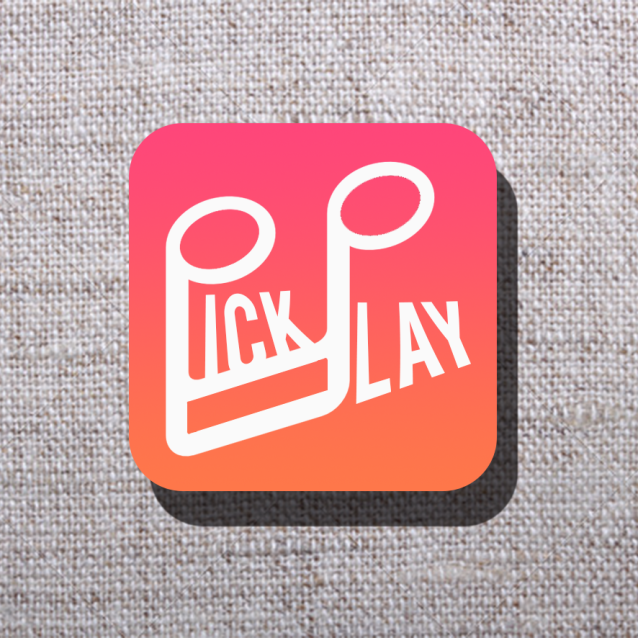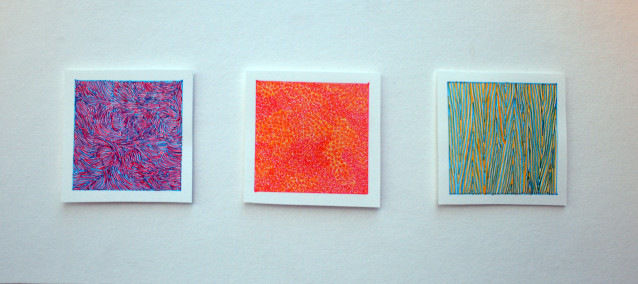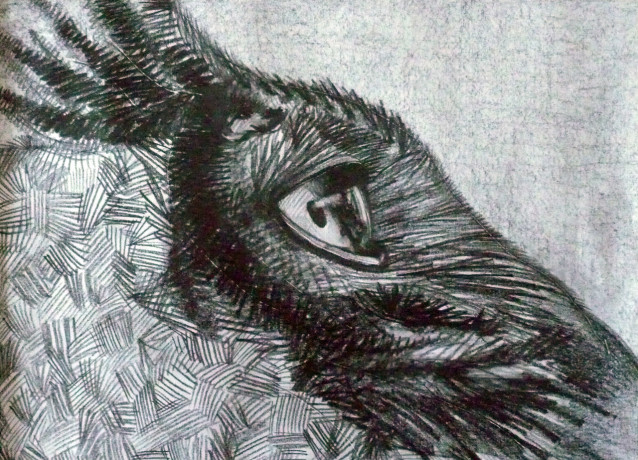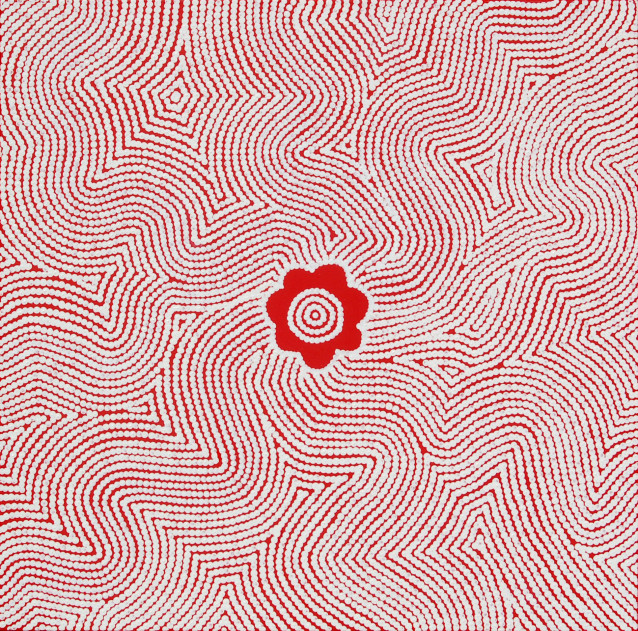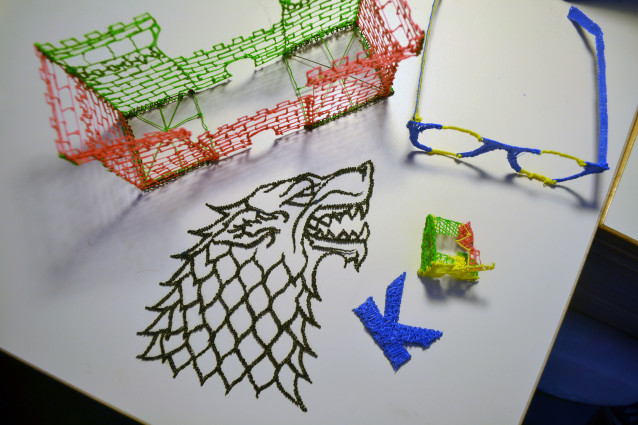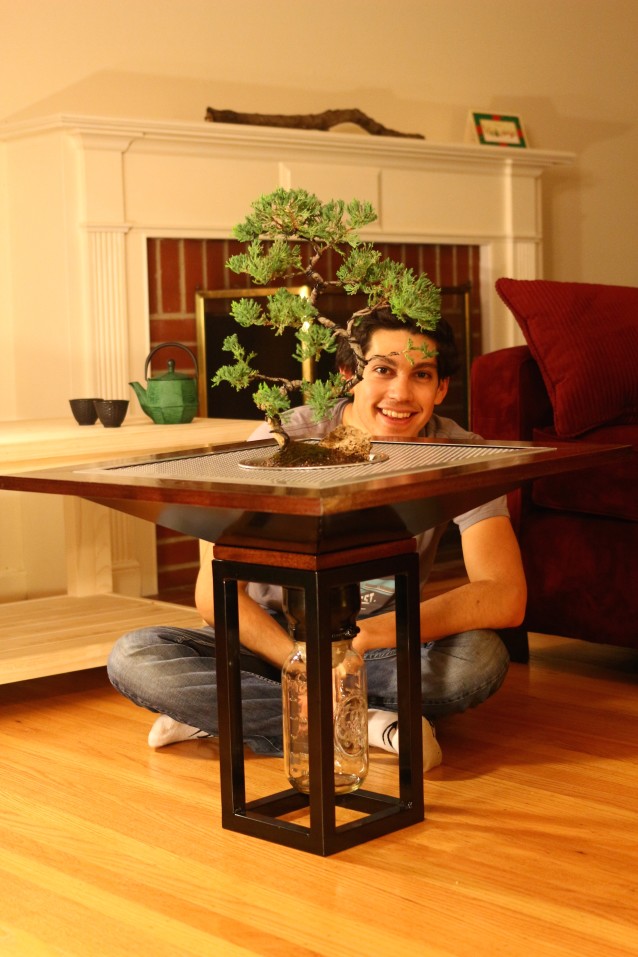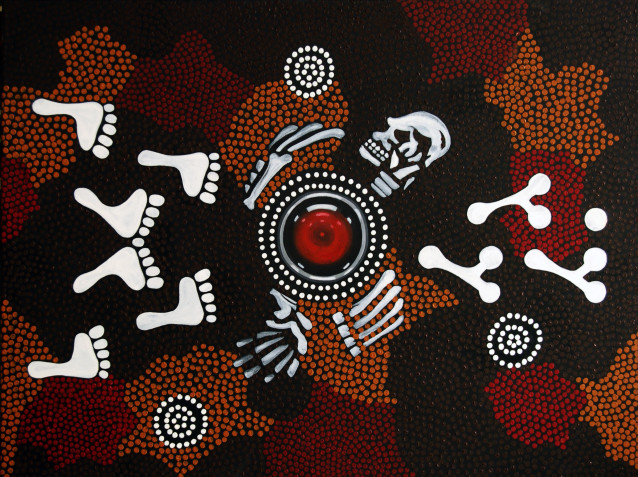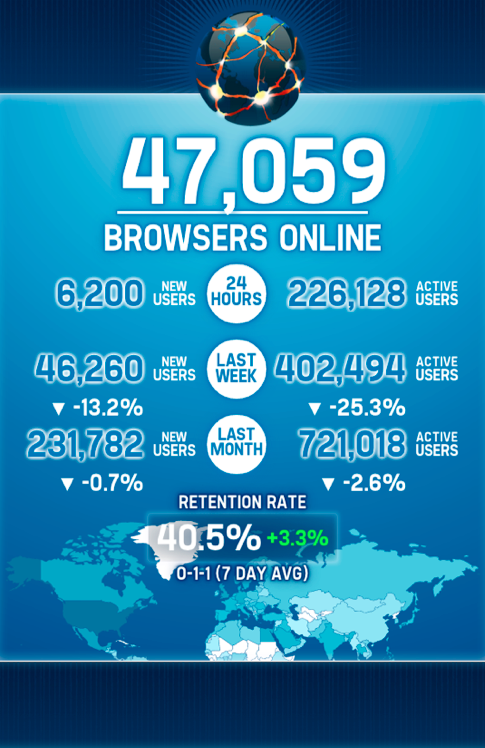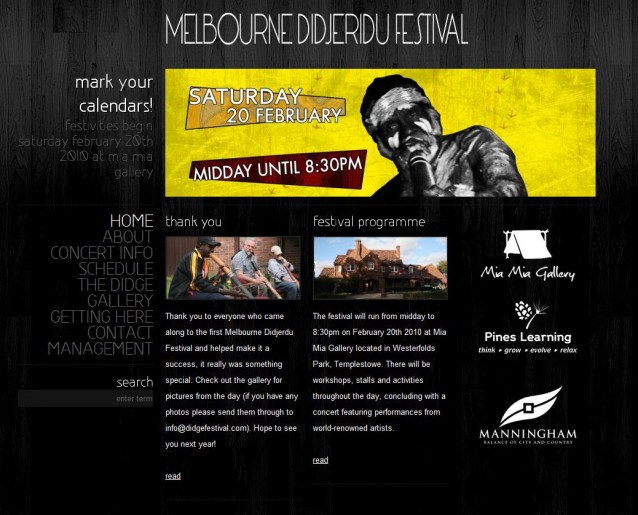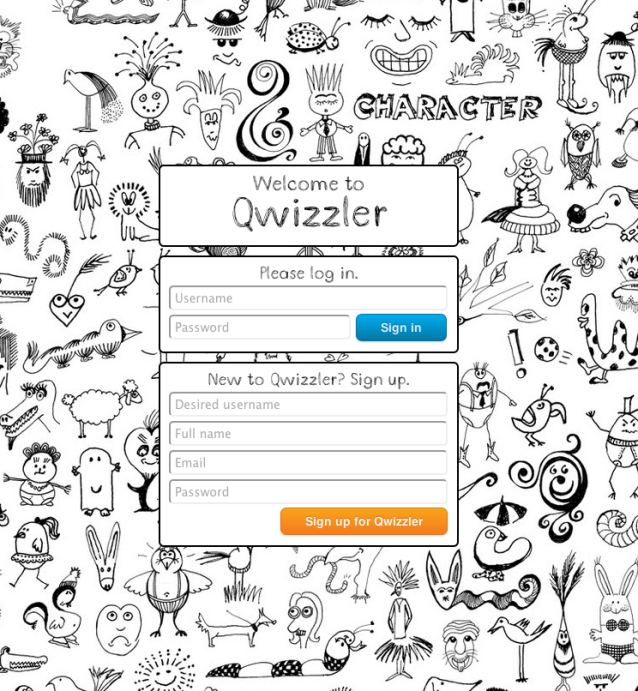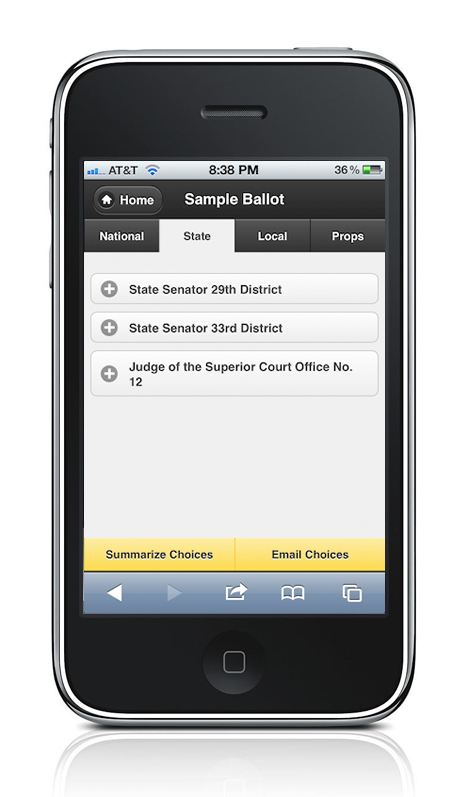VRTEX consists of me and four other Stanford students participating in CS210: Software Project Experience with Corporate Partners, a two-quarter project course focusing on real-world software development. We are paired with Oculus, a virtual reality technology company that has developed state-of-the-art but low-cost VR headsets, allowing virtual reality to go mainstream.
Our project, dubbed GraviTEAM is a team building experience using the Oculus Rift DK2 head-mounted display combined with three peripheral devices: a Microsoft Kinect, Leap Motion and an iPhone. It takes four players, one controlling each device, to navigate a space-drone flying around a damaged International Space Station. The team is tasked with repairing the station before time expires and the astronauts aboard run out of oxygen.
The software prototype consists of a primary Unreal Engine 4 project, an iPhone app, and a web-app that acts as the GUI for the team’s heads-up display. The UE4 project contains the necessary code for the DK2, Kinect, and Leap Motion devices. We communicate between desktop, iPhone and web-app using the OSC protocol.
GraviTEAM evolved out of our desire to make virtual reality a less isolating experience. Soon there will be VR headsets like the Oculus Rift in every living room. But what if Johnny is playing a virtual reality video game and his sister without a VR headset wants to join? GraviTEAM is our solution to incorporating non-VR users into a virtual reality experience. With VRTEX, peripheral devices are able to interact with the immersed VR user’s virtual reality environment. Each peripheral device has unique, specific interactions that affect the GraviTEAM world.
You can learn more about our progress by visiting our blog at blog.vrtex.io






